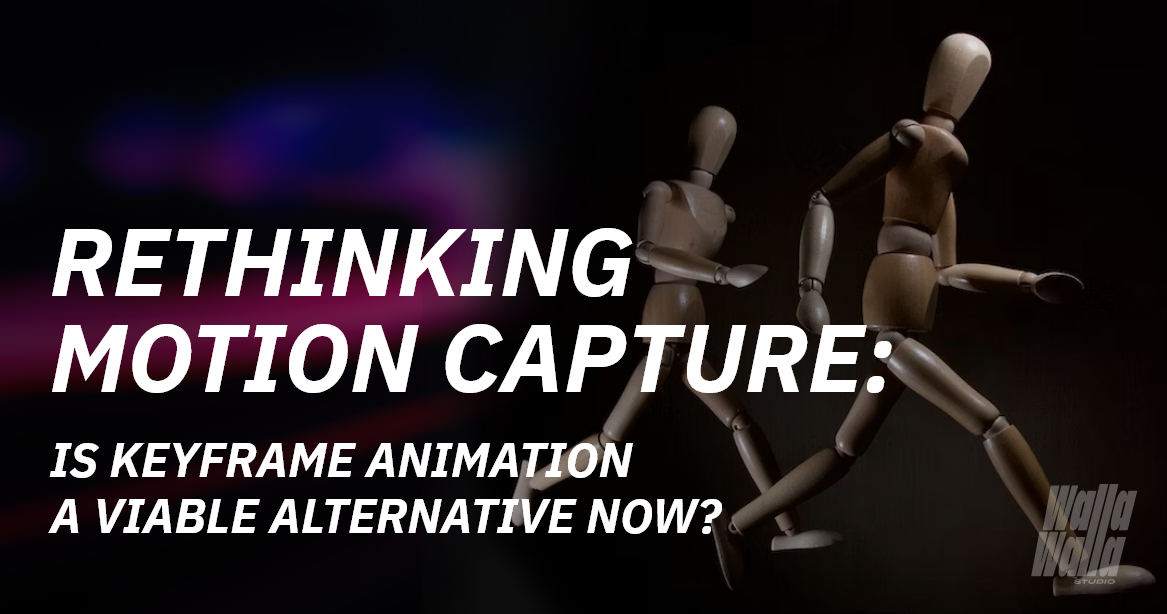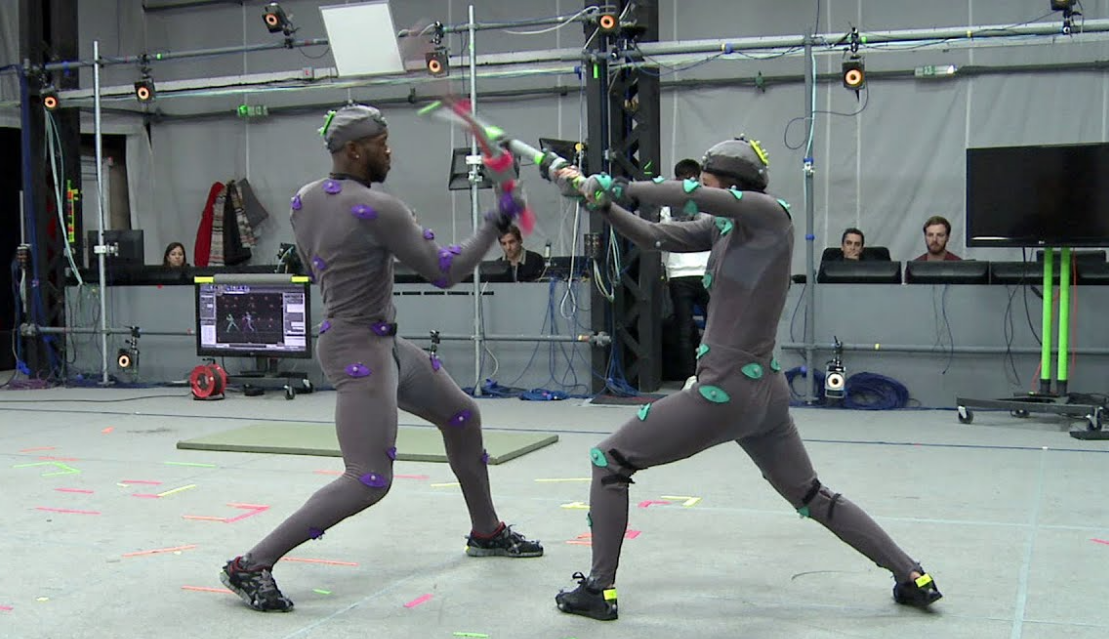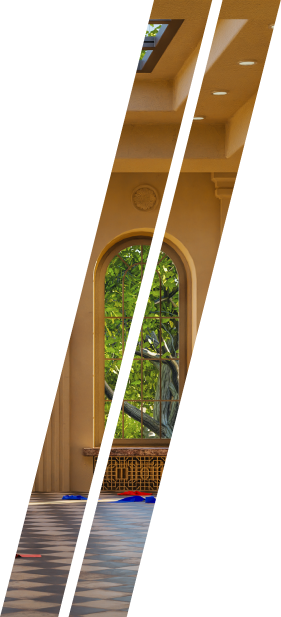 Search
Search

How many words do you need to capture the primary fear of each game developer? Phrases like “not matching quality” or “doesn’t live up to the promises” seen in the game reviews would be enough. You know that having a brilliant game idea alone is insufficient. It’s crucial to execute the game’s animation with technical precision.
For captivating and realistic game animations, the industry employs the most efficient and cutting-edge technologies available. And that’s where the question of how to reach the right balance between motion capture and keyframe animation techniques in the game appears. Both methods have their strengths and weaknesses.
What are the factors that may help you with this decision? Let’s delve into the logic and mechanics of choosing between keyframing and mocap in game art development.

image credit: animationmethods.com
When you can replace motion capture with keyframe animation?
Keyframe animation outshines mocap in several scenarios, showcasing its enduring significance in game art.

Super Mario Odyssey – Nintendo
- For cartoonish & stylized animation
With keyframe animation, you can translate your artistic vision into character movements. It offers a level of creative opportunities that cannot be achieved through motion capture alone.
Keyframing allows you to emphasize exaggeration, caricature, or abstract movements, enhancing the overall visual appeal of the game.
Examples: “Super Mario Odyssey”, “Rayman Legends”.

Gears Tactics – Splash Damage, The Coalition
- For non-human characters & creatures
Motion capture primarily captures human movements. So it’s hard to utilize mocap for animating fantastical creatures or non-human characters (4-legged monsters, for example).
Keyframe animation, on the other hand, provides you with the freedom to design and bring to life creatures that are beyond the confines of human motion. From mythical beasts to alien creatures, keyframe animation excels at animating these fantastical characters and imbuing them with personality and uniqueness.
Examples: “Gear Tactics”, “The Legend of Zelda: Breath of the Wild”.

Prince of Persia – Ubisoft
- For impossible or highly-dynamic acrobatics
Action-packed games often require dynamic and exaggerated movements to convey a sense of excitement and intensity. Keyframe animation allows you to create high-impact action sequences with precise timing and choreography.
From epic combat scenes to flying characters and impossible acrobatic maneuvers, keyframing empowers you to craft visually stunning and adrenaline-pumping animations that capture the essence of fast-paced gameplay.
Examples: “Prince of Persia” series (2003-2010), “DmC: Devil May Cry”.

Detroit: Become Human – Quantic Dream
- For precise facial expressions & delicate hand movements
Capturing fine details is tough with motion capture alone. Due to mocap’s technical limitations, only keyframe animation can provide you with the precision and control required to achieve the desired level of detail.
Keyframing also allows for easier editing and iteration, making it more suitable for situations where flexibility is important.
Examples: “Detroit: Become Human”, “The Last of Us” series (2013-2020).

Katamari Damacy – Namco
- For abstract interpretations
Sometimes, game art calls for abstract or symbolic representations of realism. Keyframe animation offers the flexibility to interpret movements symbolically or conceptually, showing deeper meanings and emotions.
So you can convey ideas and narratives through movements that go beyond the boundaries of physical reality, enhancing the storytelling potential of a game.
Examples: “Ori and the Blind Forest”, “Katamari Damacy” series (2004-2012).

image credit: Ninja Theory
When it becomes risky to go with keyframe animation?
There are specific cases when using keyframe animation may not reach the expected goals. And here comes the motion capture technique, which is particularly irreplaceable in the following scenarios:

The Last of Us Part II – Naughty Dog
- For realistic human movements
When your game requires highly realistic human movements, such as lifelike character animations or precise motion matching, motion capture is the best tool. It captures all the nuances of human motion with exceptional accuracy, making it difficult to replicate solely through keyframe animation.
Examples: “The Last of Us Part II”, “Uncharted 4: A Thief’s End”.

Red Dead Redemption 2 – Rockstar Games
- For authentic performance capture
If your game aims to portray authentic performances by actors or athletes, motion capture is essential. It enables capturing the physical movements and gestures of real individuals, resulting in more believable and emotionally impactful performances.
Examples: “Red Dead Redemption 2”, “Hellblade: Senua’s Sacrifice”.

“FIFA” series – EA Sports
- For sports & martial arts’ games
Such kinds of movements often require a high level of realism and fluidity that is challenging to achieve only through keyframe animation.
Examples: “FIFA” series (1993-present), “NBA 2K” series (1999-present).

Assassin’s Creed – Ubisoft
- For time-saving & tight production schedules
Mocap allows for the rapid capture and transfer of movements, so you’ll have quicker production cycles. This time-saving aspect becomes invaluable when working on large-scale projects.
Examples: “Call of Duty” series (2003-present), “Assassin’s Creed” series (2007-present).

Uncharted: The Lost Legacy – Naughty Dog
- For consistency, continuity & industry standards
If you’re working on long-running game franchises or series, you already know that mocap is a key here. Using the same motion capture data or performers, you can maintain a cohesive visual style.
And the industry standards of sports games, for example, heavily rely on motion capture to replicate the movements of real-life athletes accurately.
Examples: “Uncharted” series (2007-2017), “Tomb Raider” series (2013-present).
Adding to the budget: motion capture needs cleanup
The end of the mocap stage in game art development doesn’t always mean a ready-made animation. Even more likely, it’s the opposite. Mostly mocap needs additional polishing (cleanup) to enhance the quality, accuracy, and realism of the captured motion.
Cleanup ensures that the final animation reflects the intended motion and meets the desired quality standards. And usually, professional mocap studios provide you with data to be custom polished after.

image credit: reallusion.com
What has to be manually polished in motion capture data?
- Noise & artifacts
Sensor inaccuracies, environmental conditions, or reflective surfaces can cause noise or unwanted artifacts during the capture process. So cleanup involves filtering the data to reduce noise and eliminate artifacts, resulting in cleaner motion.
- Calibration errors
Mocap systems are quite precise, however, calibration errors can occur. This leads to inaccuracies in the captured data. Cleanup is about correcting and aligning the captured data, ensuring an accurate representation of the intended motion.
- Occlusion & missing data
During motion capture, occlusion can appear when the tracked subject or objects are partially or fully obstructed, resulting in missing or incomplete data. In the cleanup stage, specialists will manually fill in the missing data or use interpolation techniques to estimate the motion during occluded periods.
- Inconsistencies and unnatural motion
Mocap data may show inconsistencies or unnatural motion due to imperfections in the capture process or limitations of the technology. Cleanup helps identify and correct these things, ensuring smooth and realistic motion.
- Integration with other animation techniques
In many cases, motion capture data is combined with hand-keyed animation or other animation techniques. To achieve seamless integration, cleanup may be necessary to match the stylistic and technical requirements of the project.
So, polishing/cleanup of mocap results is a must-do to enhance the quality, accuracy, and realism of the captured motion. It ensures that the final animation reflects the intended motion and meets the desired quality standards for the specific application.
MIND THAT: mockup polishing is always done by a third-party professional art studio after the mockup studio gives you all the final data. And it makes sense to cooperate right from the start with an art development partner, which will also help in the cleanup stage considering the entire game animation.
In this case, you may get access to Walla Walla Studio’s art and technical experience in the fields of:
- motion capture polishing/cleanup,
- facial motion capture (face cap),
- or hand-keyed animation development.
You may first contact us for free professional introduction advice. And then we can discuss efficient partnerships.

Gears Tactics – Splash Damage, The Coalition
Is it now possible to completely avoid mocap using animation?
The spoiler is that only an art development professional can answer this question considering your specific case: the requirements of the game, the desired visual style, the available resources, and the overall creative vision.
But it’s understandable, that due to the cost and complexity of the motion capture technique, a lot of game developers are questioning if they can replace it with animation approaches. Following the steps below, you will understand if you can succeed using only animation techniques.
- Plan & design
You need to clearly define the artistic style and visual direction of the game. Determine if the game’s characters and animations can be effectively achieved through keyframe animation without the need for motion capture. You can ask for Walla Walla Studio’s expertise here.
- Create character designs
Now work on character designs that are suited for keyframe animation (our artists will be glad to help you). Factors of proportions, range of movements, and complexity of animations should be considered.
Characters with non-human or fantastical features may be better suited for keyframe animation, as they often require stylized or exaggerated movements.
- Hire skilled animators
Find skilled animators who have expertise in keyframe animation techniques. Look for professionals experienced in creating dynamic and expressive animations manually, with a keen eye for timing, spacing, and character performance. If you give this piece of work to Walla Walla Studio you’ll have it all.
- Reference real-world movement
While not capturing motion directly, experienced animators can still reference real-world movements to enhance the believability and naturalness of the animations.
- Test & iterate
Now it’s time to integrate animations into the game engine and perform regular playtests to evaluate the effectiveness and impact of the keyframe animations. Iterate and refine animations based on player feedback and the game’s overall feel and responsiveness.
- Polish & optimize
Pay attention to the details! Adding subtle nuances always brings the game to a new level.
And then polish animations to elevate the overall quality of the game’s visuals. Animations need to be optimized for performance, ensuring they run smoothly across different hardware configurations.
So, using the expertise of skilled specialists, keyframe animation can offer you complete creative control, flexibility, and the ability to bring unique artistic visions to life.
Whether used independently or in a mix with motion capture, keyframe animation empowers you to deliver visually stunning and engaging experiences that captivate players.
With the continuous progress in animation technology, the future of keyframing services looks promising, offering even more possibilities for pushing the boundaries of game animation.
Summing up
Keyframe animation is a versatile and powerful tool in game art development, providing boundless creative possibilities for game industry companies of all budget sizes.
However, if you require a dragon with the acting skills of Benedict Cumberbatch or a football character with the tactical prowess of Lionel Messi, motion capture can save the intricate nuances and movements of real-life actors or athletes, adding an extra layer of authenticity and realism to your game.
By combining the strengths of keyframe animation and motion capture, you can create dynamic and compelling animations that bring your virtual worlds and characters to life in the most captivating and authentic ways.


